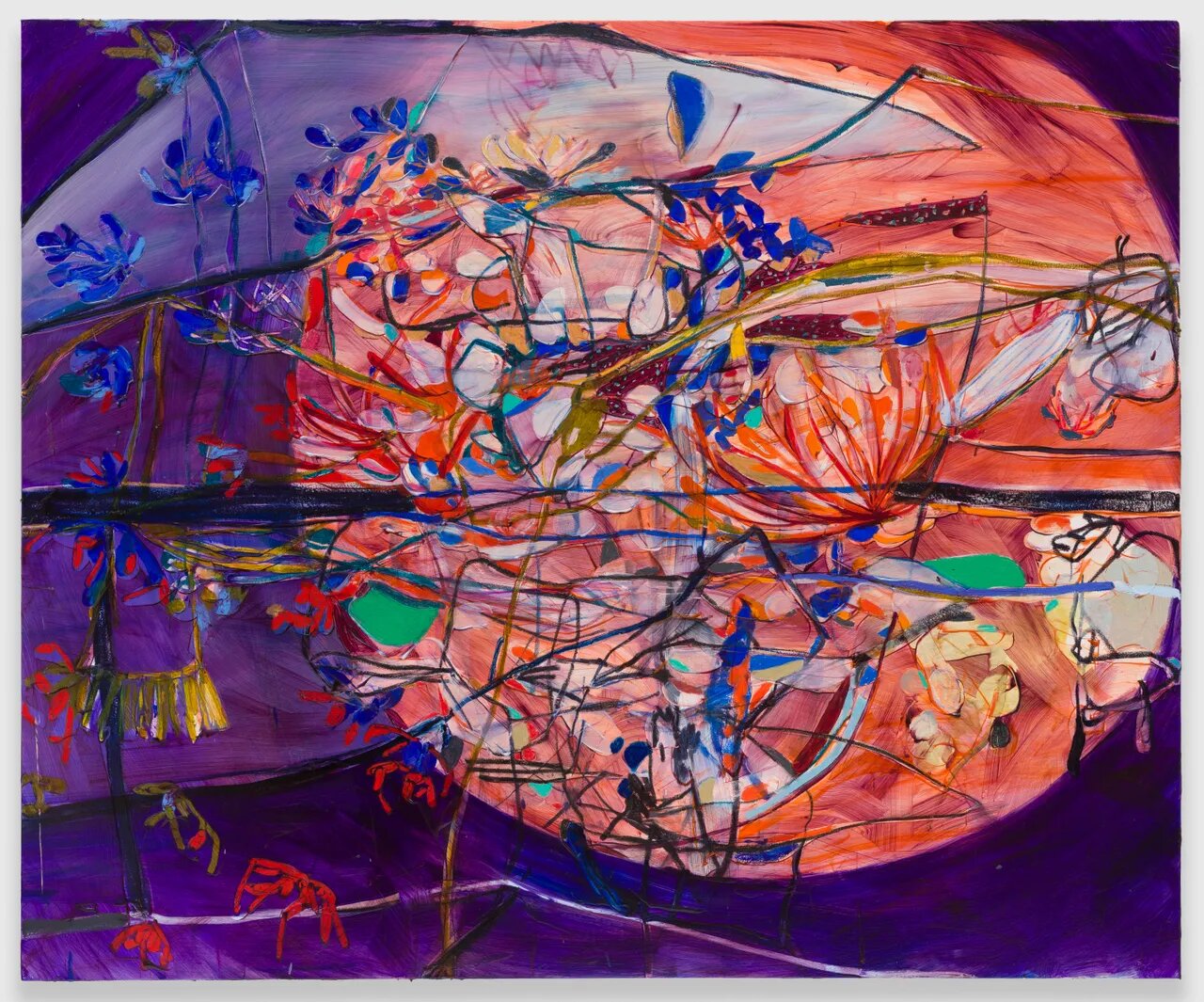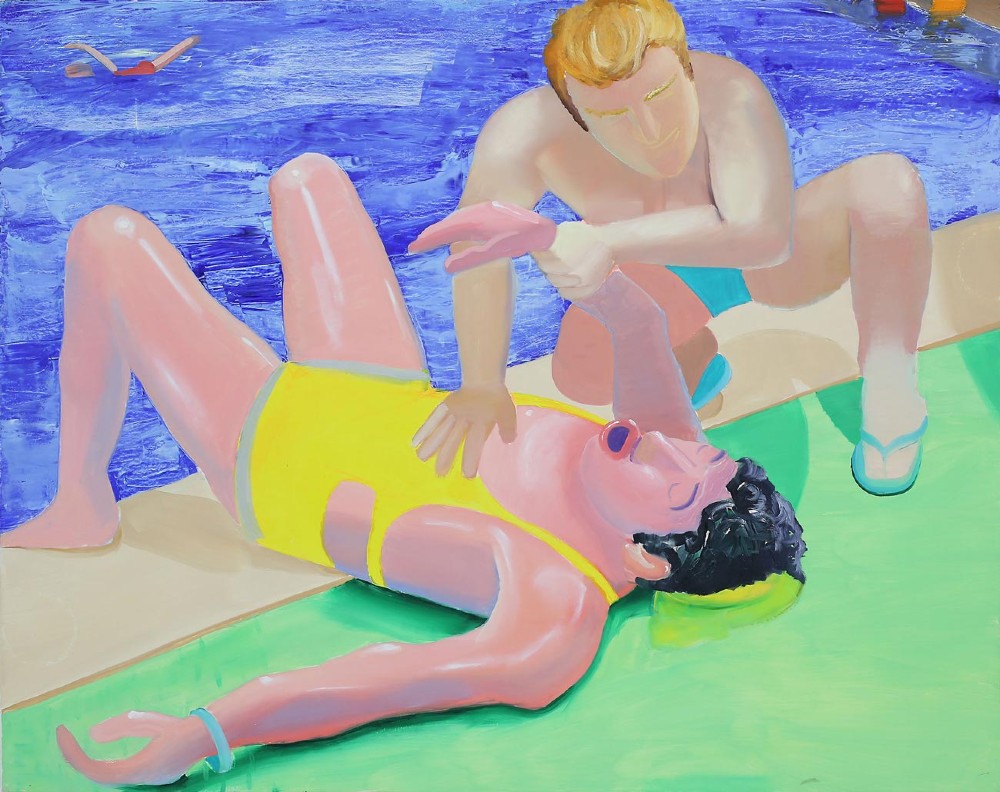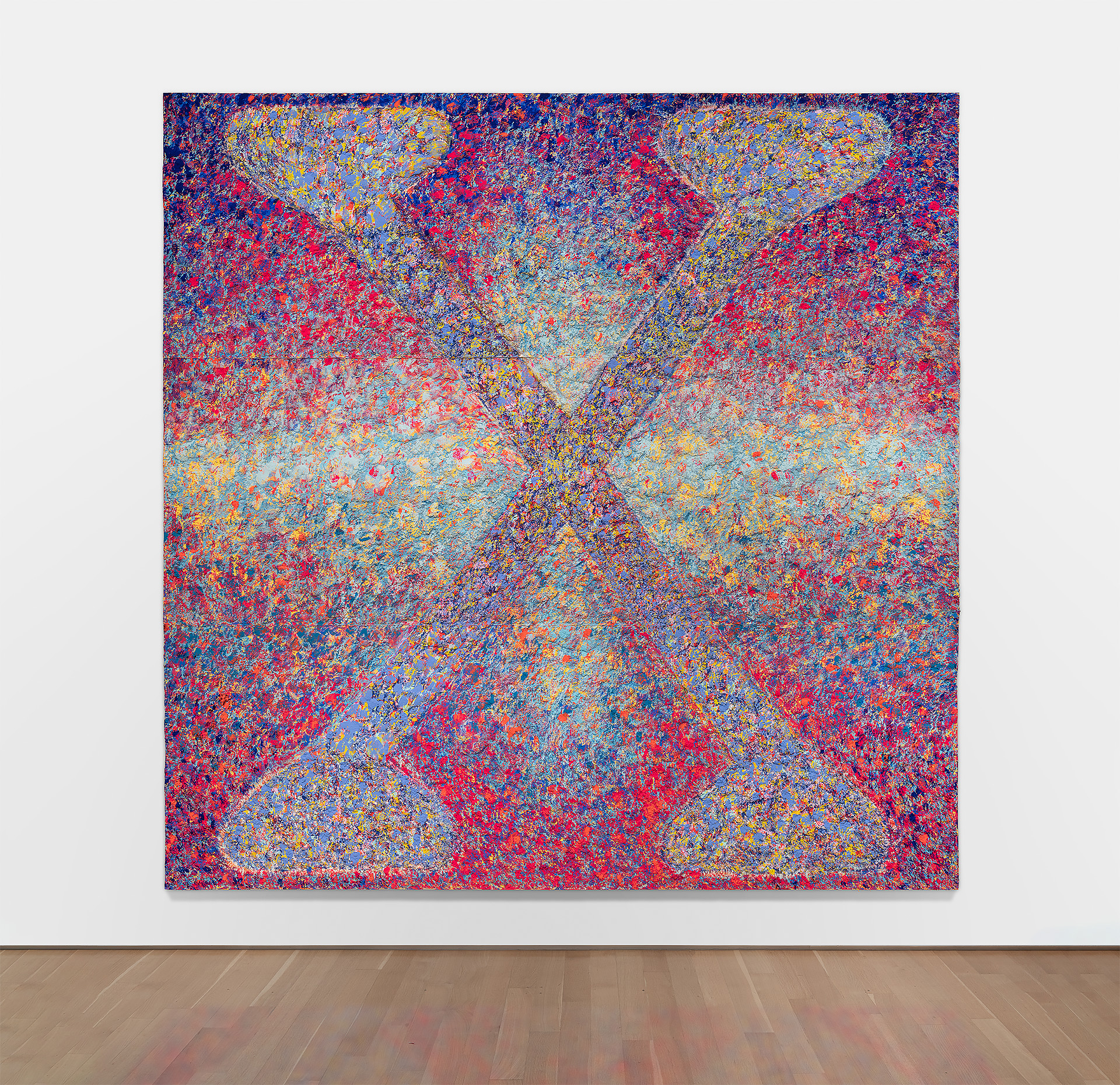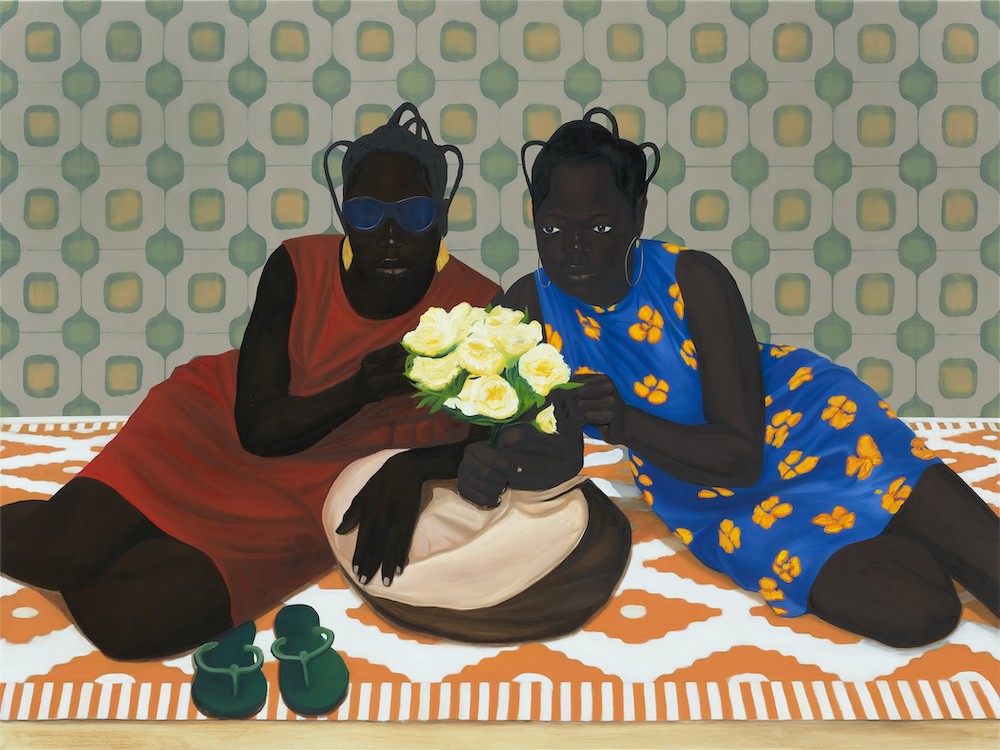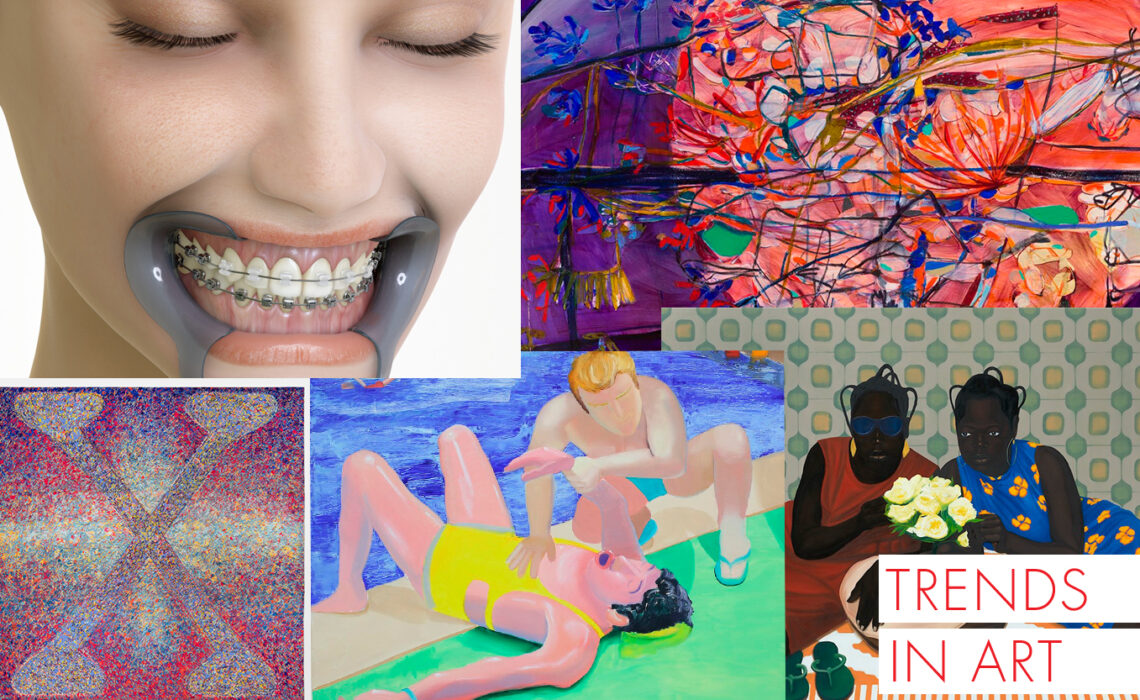
Painting in the 21st Century: New Tendencies and Possibilities
Painting is one of the most ancient techniques and art expression. It is even considered as the basis of all art forms: from photography and cinema, to theather and art installation. Over centuries, painting artists has explored the techniques, colors, topics and even the limits of the canvas to create new possibilities for this form of art. And although in the 20th Century, conceptual art had major attention through the performance, art installation and ready-mades, painting has always been present to show us a glimpse of our times. In this occasion, we selected 5 aspects to explore the characteristic and interest that artistis from the 21st Century are working through the painting.
To start, why painting is (still) so important? Its importance does not lie in its historical and traditional load. In fact, painting is far from being a traditional technique but the support in where to explore, analyse and question how we represent the reality and the world. As representation is kind of the landmark of the art, through painting is possible to keep straining the way in how and what we see and understand our political, social, geographical and cultural contexts.
Here are 5 interesting aspects in the new painting of the 21st Century.
—Abstraction
After the WWII, abstraction became an style to explore and express the most deepest emotions of a humanity lost in its own woes. Not much has change since then, at least regarding the continuos hopelessness of the human kind in the face of such complex problematicas as climate change, racism, human rights, among others. In this sense, sometimes abstraction pointed out the absurdity of everyday life. But its is also an oportunitty to explore aspects such as identity, social changes and peripheral geographies. In many cases, abstraction is also represented with knots of colour in order to emphasize both the dramatism and the nature of live.
- Jadé Fadojutimi, “There exists a glorious world. Its name? The Land of Sustainable Burdens”, 2020
—Color
In the seventies, David Hockney show how colors in painting are more than just an element to make art beautiful. Such as he did it in his work, young painters are usign expressive and bright colors to reveal social and cultural imageries that have defined not only the way we understand the world, but also the strict canons imposed to concepts such as the gender, the race, the social status and the cultural diversity.
- Ana Segovia, Toy Boy, 2020.
—Materiality
Maybe, materiality it isn’t a new characteristic for painting. Painters through the 20th Century showed us the multiple possibilities of turning painting into a medium closely related to its materials. Painting is not just about plain oil over a canvas. By incorporating visual and tactile references, painters has created a tension between abstraction and figuration. Through materiality, they also make the presence of the human hand explicit or even try to hidden it in throughout formal gestures of color and texture.
- Vaughn Spann, Goliath, 2020.
—Topics
We have heard in several times that art reflects the spirit of its times. This phrase is kind of romantic, as the spirit is something vague, ambiguos and intangible for human thought and work. However, art does dialogue with both its present and its past. In fact, what makes possible an specific representation of the reality are the conditions which te artists are facing off. More than ever, painting is focused on deconstructing the patriarchal, colonial and racist perspectives that traditional and European painting constructed. But even more important, painters nowadays are questioning those topics while also trying to intercede in the historical discourses and narratives of these social, cultural and political issues.
- Peter Uka, Leaning In (2020)
—Digital image
One question: can digital images be considered paintings? With new technologies at the service of art, artists are taking advantage of different virtual and digital tools to reflect on the construction of the image. Above all, painting is an image that is not only defined by its materiality, but also uses that materiality to define its modes of representation.
- Kate Cooper, Rigged, 2014.

